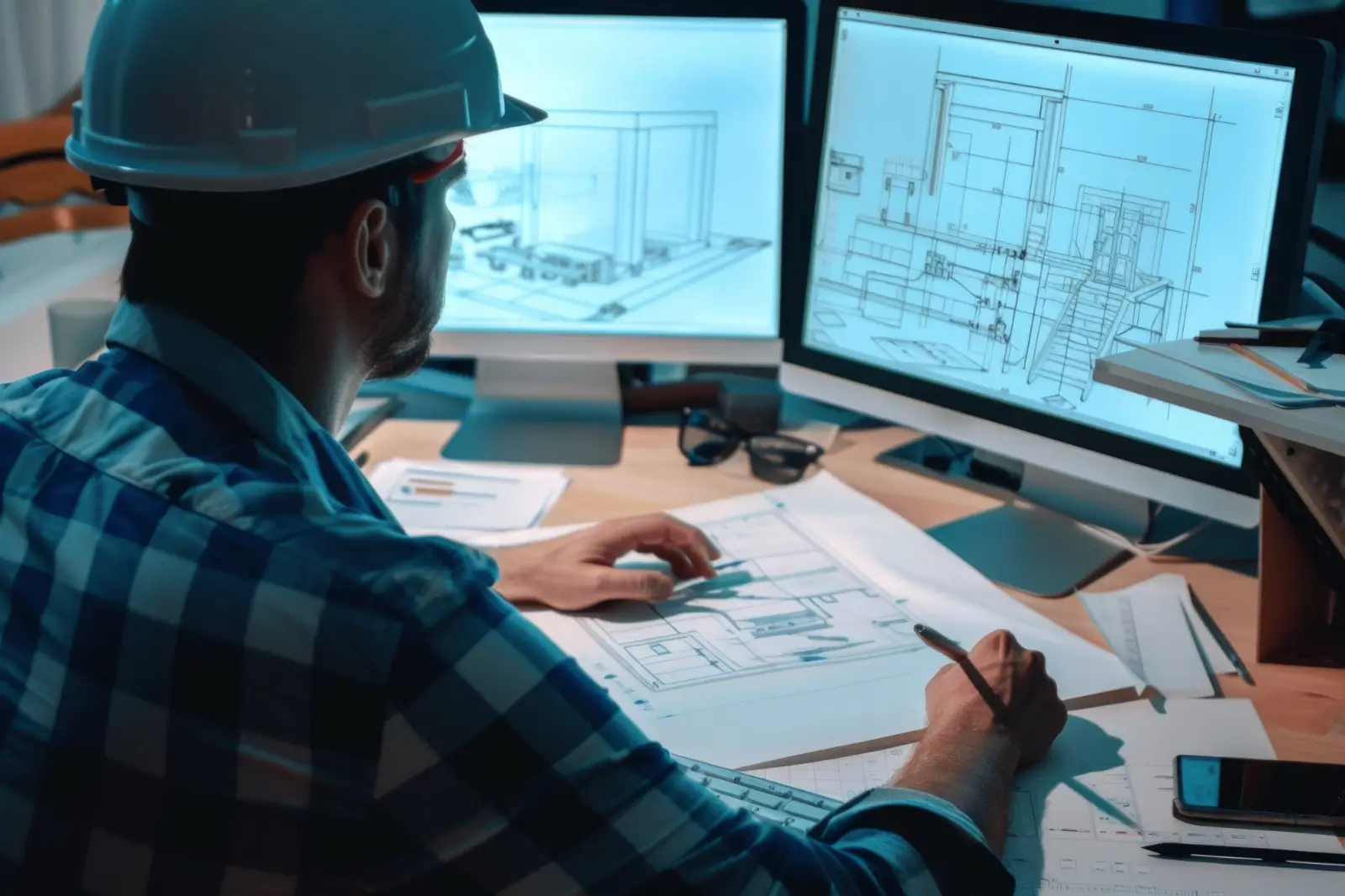Introduction
In today’s built environment, high-performance buildings are no longer a luxury—they are a necessity. From energy efficiency and sustainability to occupant health and long-term operational value, the expectations from commercial and residential infrastructure have evolved drastically. Yet, the road from architectural vision to tangible delivery is complex. MEP construction—which covers mechanical, electrical, and plumbing systems—plays a pivotal role in bridging the gap between design and delivery, ensuring that performance goals aren’t just aspirational but achievable.
What Makes a High-Performance Building?
High-performance buildings are defined by their ability to deliver superior operational efficiency, environmental sustainability, and user comfort throughout their lifecycle. This includes lower energy and water usage, excellent indoor air quality, adaptability to future technology, and long-term durability.
Such outcomes require far more than just good architectural planning. They demand a deep integration of systems and strategies—something that MEP construction helps actualize with precision.
Why MEP Construction Matters from Day One
Historically, MEP teams were brought in after architectural and structural designs were completed. This approach often led to coordination clashes, costly revisions, and compromised outcomes. Today, industry leaders recognize that integrating MEP construction expertise from the conceptual stage is essential for achieving optimized design intent.
Mechanical systems dictate thermal comfort, air circulation, and ventilation. Electrical systems ensure safe and reliable power distribution and lighting. Plumbing systems manage water efficiency, waste disposal, and drainage. The interdependence of these components directly impacts a building’s performance, making their early coordination indispensable.
Integrating Design with Buildability
An effective MEP construction process ensures that design decisions are not only efficient on paper but also feasible on-site. This involves:
- System selection and sizing tailored to the building’s use and occupancy
- Constructability reviews to flag installation challenges
- Energy modeling and simulation to validate performance targets
- Coordination through BIM (Building Information Modeling) for seamless spatial planning
With MEP experts engaged early, buildings can be designed with precision-engineered systems that fit within budget, space, and timeline constraints.
Technology-Driven Coordination and Execution
Modern MEP construction leverages technology to elevate design coordination and field execution. BIM allows real-time clash detection between architectural, structural, and MEP systems—minimizing rework and material wastage. Prefabrication and modular assemblies reduce on-site labor time, improve safety, and increase quality control.
On the field, digital commissioning tools and smart sensors enable real-time monitoring and performance verification. This ensures that the as-built systems match the design specifications and deliver the intended efficiency levels.
The Role of MEP in Sustainable and Green Building Certifications
Many high-performance buildings pursue green building certifications such as LEED, IGBC, or WELL. These certifications place a strong emphasis on energy efficiency, water conservation, and indoor air quality—all of which are influenced by MEP construction choices.
For example:
- Efficient HVAC systems minimize energy consumption while maintaining thermal comfort.
- Low-flow plumbing fixtures reduce water use without compromising performance.
- Lighting design that supports circadian rhythms can improve occupant well-being and productivity.
In each of these areas, the strategic input of MEP professionals determines whether the building meets or exceeds regulatory and certification benchmarks.
Construction Phase: Turning Blueprints into Reality
When the project moves into the construction phase, MEP construction teams translate abstract designs into working systems. This includes:
- Sequencing of installations for optimal workflow
- Coordination with civil and architectural trades
- Routine inspections, pressure tests, and safety checks
- On-site troubleshooting and value engineering
The expertise of MEP contractors ensures that systems are installed correctly, tested rigorously, and adjusted for performance—all while staying on schedule and within budget.
Life Cycle Benefits of MEP Precision
The impact of MEP construction doesn’t stop at project completion. Properly designed and installed MEP systems reduce operational costs, simplify maintenance, and extend the building’s usable life.
Additionally, systems installed with future scalability in mind make it easier to accommodate emerging technologies, such as smart sensors, energy storage, and IoT-enabled controls. This adaptability keeps the building aligned with future demands and performance expectations.
Elevating Occupant Wellness through MEP Systems
Beyond efficiency, MEP construction plays a vital role in shaping occupant experience:
- Ventilation and filtration systems improve indoor air quality
- Lighting systems influence mood, focus, and sleep quality
- Temperature and humidity control enhances comfort year-round
These elements are critical in commercial buildings, hospitals, schools, and residences—where health and wellness are now integral design priorities.
Common Pitfalls and How MEP Expertise Avoids Them
Even the best architectural plans can fail if MEP systems are improperly coordinated. Common challenges include spatial conflicts, last-minute design changes, inadequate airflow, and system inefficiencies. Involving MEP construction professionals from the outset reduces these risks by embedding constructability and performance into the core of the design process.
The Future of MEP Construction in High-Performance Buildings
As buildings become smarter and more complex, MEP construction is evolving too. Trends to watch include:
- Increased use of AI and data analytics in performance modeling
- Greater adoption of prefabricated and modular MEP components
- Enhanced integration with smart building platforms
- Growing demand for zero-energy-ready buildings
These shifts make MEP expertise even more crucial in aligning design vision with construction realities and operational success.
Conclusion
High-performance buildings begin with visionary design—but they are realized through seamless execution. MEP construction is the bridge that ensures performance goals are met, occupant needs are prioritized, and systems work together in harmony. By involving MEP professionals early and continuously throughout the project lifecycle, developers and architects can deliver buildings that aren’t just efficient on paper but exceptional in practice.

